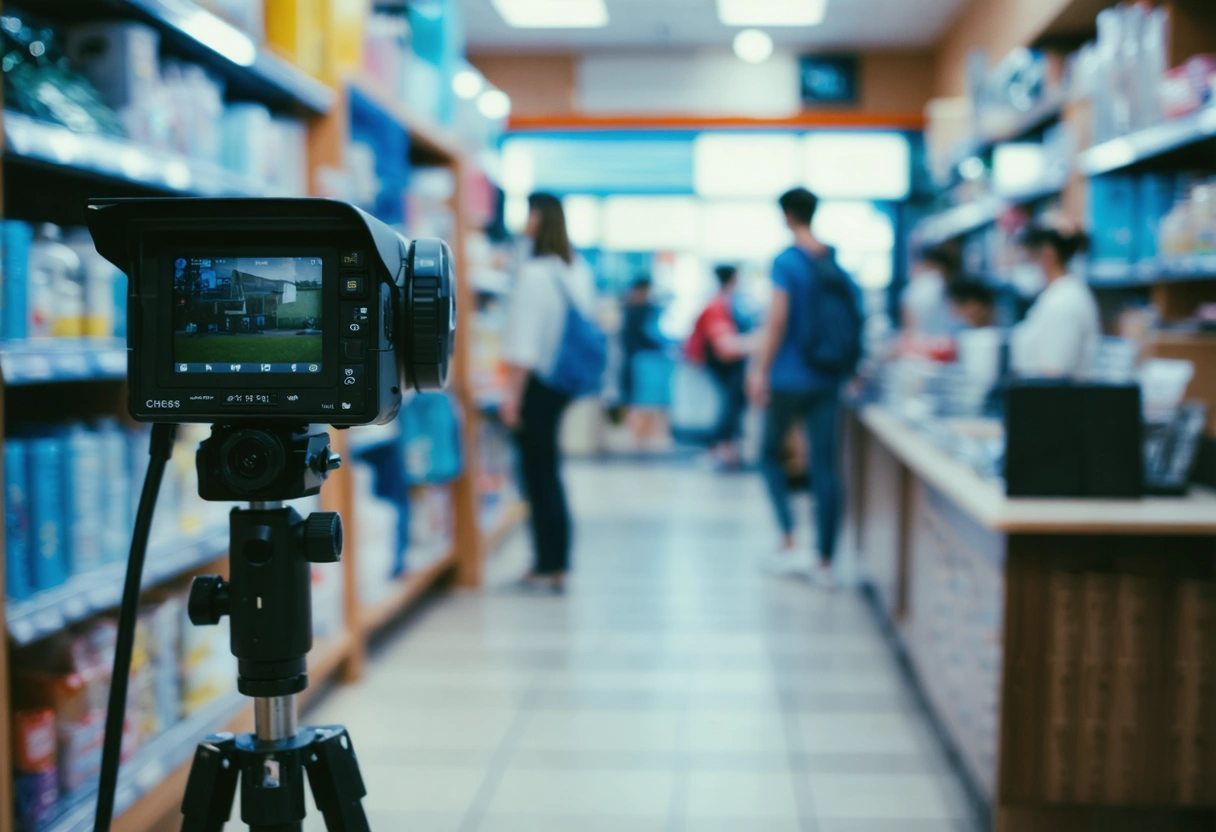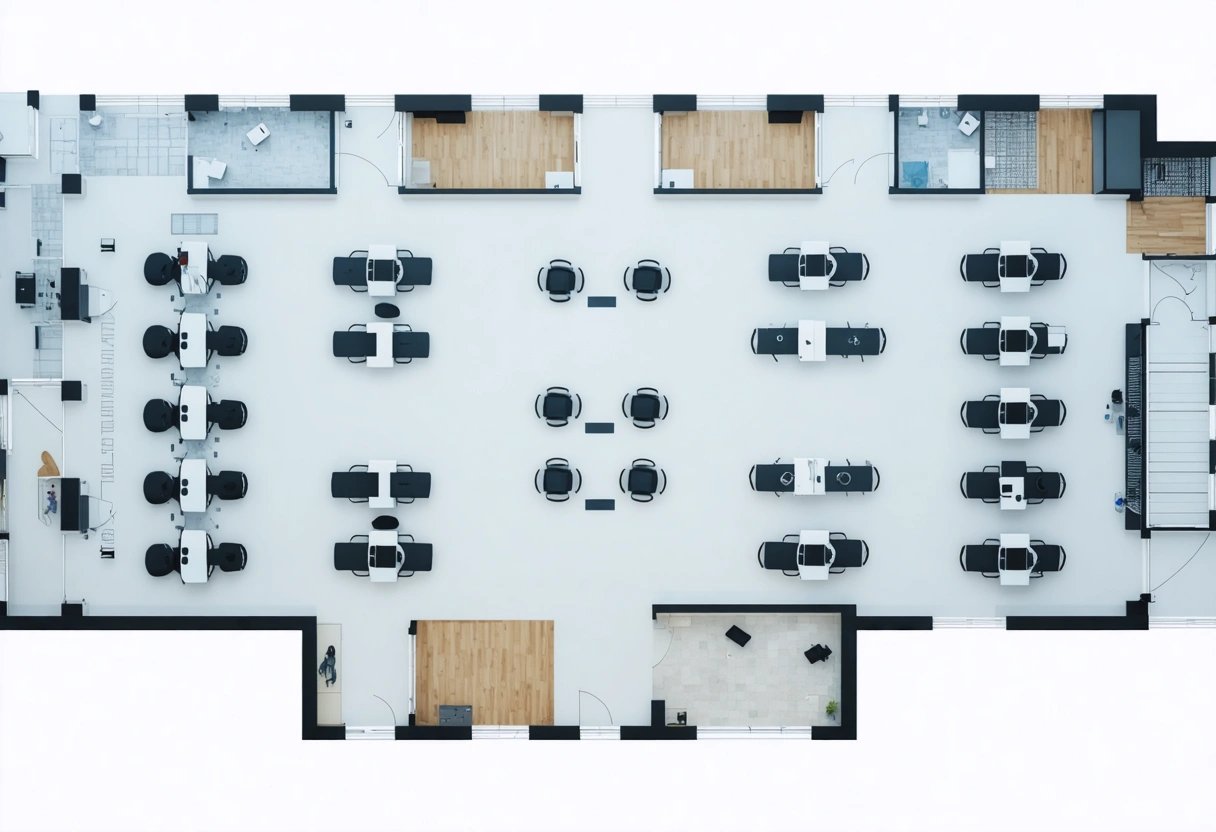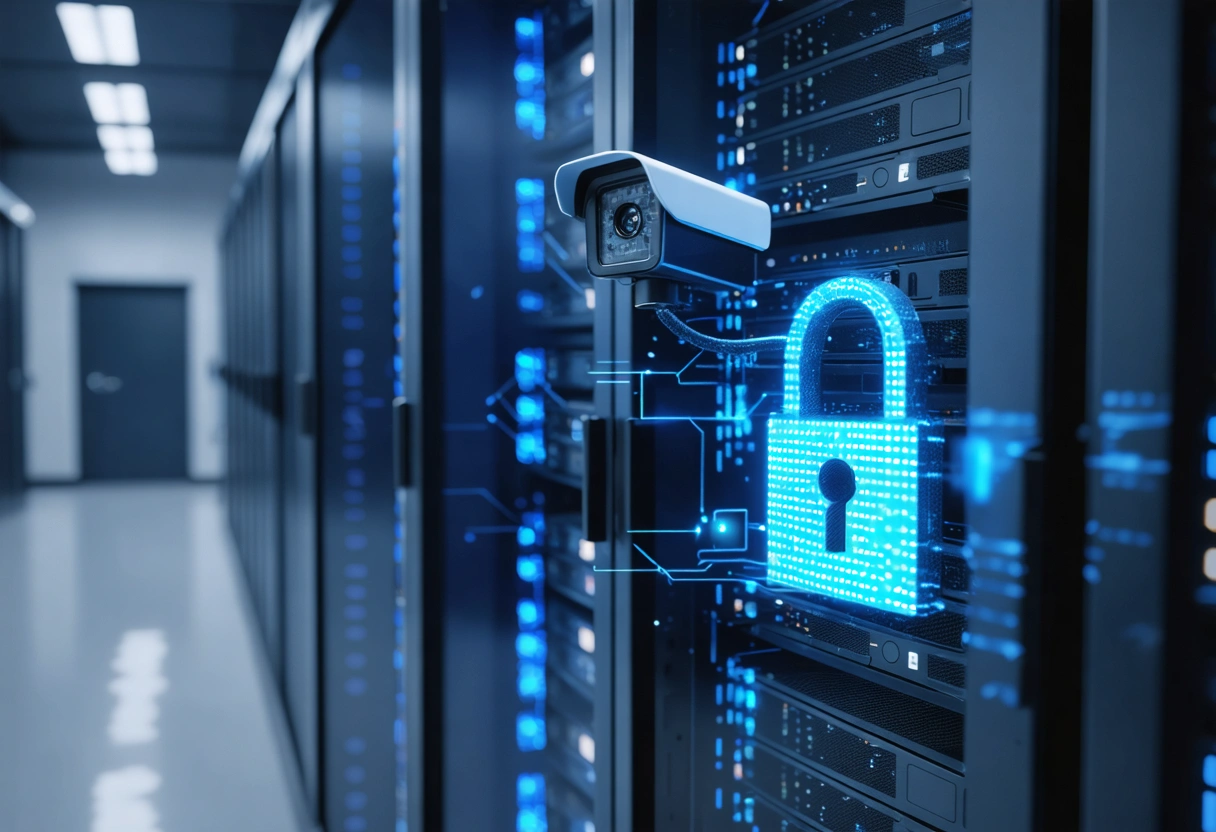Maximizing Your Security with Video Surveillance: A Guide for Small Businesses
In an era where security threats are increasingly sophisticated, small businesses face unique challenges in protecting their assets, staff, and customers. Video surveillance has emerged as a cornerstone of modern security strategies, offering not only deterrence but also an essential tool for investigation and operational oversight. This comprehensive guide explores the critical aspects of maximizing security through video surveillance for small businesses, illuminating best practices, technology options, legal considerations, and practical deployment strategies.
Whether you operate a retail store, office, warehouse, or service-based business, implementing a robust video surveillance system can be a game-changer. From preventing theft to enhancing employee productivity, surveillance cameras provide peace of mind and a tangible return on investment. Read on to discover how to leverage video surveillance to safeguard your business effectively and efficiently.
Why Video Surveillance Is Essential for Small Businesses
Small businesses are often perceived as easy targets by criminals due to their typically limited security resources compared to large corporations. However, the consequences of a security breach can be particularly devastating for a small business, leading to financial loss, reputational damage, and potential legal liabilities. Deploying a comprehensive video surveillance system is a proactive step that can help mitigate these risks.
Surveillance cameras act as a visible deterrent to would-be intruders and internal wrongdoers. According to research by the National Institute of Justice, the presence of security cameras can significantly reduce the likelihood of both property and violent crimes. Moreover, recorded footage provides invaluable evidence in the event of an incident, assisting law enforcement and supporting insurance claims.
Core Benefits of Video Surveillance for Small Businesses
The advantages of integrating video surveillance extend far beyond mere theft prevention. Let’s examine some of the core benefits:
- Crime Deterrence: Cameras deter not only external threats such as burglaries and vandalism, but also internal issues like employee theft and workplace misconduct.
- Real-Time Monitoring: Modern systems permit remote access, allowing business owners to view live feeds from anywhere using smartphones or computers.
- Incident Documentation: High-resolution video provides clear evidence in the event of accidents, disputes, or criminal activity.
- Operational Oversight: Surveillance footage can be used for training, process improvement, and ensuring compliance with safety protocols.
- Customer and Staff Safety: Video monitoring fosters a safer environment, which can enhance customer satisfaction and employee morale.
By leveraging these benefits, small businesses can create an environment that is both secure and conducive to productivity.

Choosing the Right Video Surveillance System
Selecting the optimal surveillance system hinges on understanding your business’s unique needs and the available technologies. The main types of surveillance systems are analog and IP (Internet Protocol) cameras, each with distinct features and price points.
Analog cameras, while cost-effective, offer lower resolution and limited scalability. IP cameras, on the other hand, deliver superior image quality, advanced analytics, and greater flexibility for scaling up as your business grows. For most modern applications, IP systems are recommended due to their integration capabilities and long-term value.
Key factors to consider when selecting a system include:
- Resolution: Higher resolution ensures clearer images for identification and evidence.
- Field of View: Choose cameras with the appropriate lens to cover key areas without blind spots.
- Night Vision: Infrared or low-light cameras are crucial for 24/7 monitoring, particularly in poorly lit areas.
- Storage Options: Decide between local storage (DVR/NVR) and cloud-based solutions based on your data retention needs and budget.
- Scalability: Opt for systems that can accommodate future expansion as your business evolves.
For a deeper understanding of camera types and features, consider referencing comprehensive resources like the Security.org guide to camera types.
Strategic Placement of Cameras
The effectiveness of your video surveillance system depends largely on strategic camera placement. Identifying high-risk and high-traffic areas is essential for maximizing coverage and minimizing vulnerabilities.
Key areas to monitor include:
- Entrances and Exits: Capture clear images of everyone entering or leaving the premises.
- Cash Registers and Point-of-Sale Areas: Monitor transactions and reduce the risk of theft or fraud.
- Stockrooms and Warehouses: Prevent unauthorized access and inventory shrinkage.
- Parking Lots and Building Perimeter: Deter vandalism and vehicle theft, and enhance employee safety.
- Common Areas: Keep an eye on lobbies, hallways, and employee break rooms.
Ensure cameras are mounted at optimal heights and angles, avoiding obstructions and backlighting that could hamper image clarity. Regularly review footage to identify potential blind spots and make adjustments as needed. For a more detailed framework on optimal camera placement, the ASIS International guide to camera placement offers expert recommendations.

Integrating Video Surveillance with Other Security Measures
Video surveillance works best as part of a layered security strategy. Combining cameras with complementary measures such as alarm systems, access control, and physical barriers can significantly enhance your overall security posture.
For instance, integrating video analytics with access control systems enables automatic recording of entry and exit events. Motion sensors can trigger cameras to begin recording, even if no one is monitoring the feed in real-time. Furthermore, signage indicating the presence of surveillance can further deter criminal activity.
Coordinating multiple security solutions not only provides redundancy but also delivers comprehensive protection against a range of threats. For further insight, the Cybersecurity and Infrastructure Security Agency’s guide to physical security countermeasures is an invaluable resource.
Legal and Ethical Considerations
Operating a video surveillance system comes with important legal and ethical responsibilities. Laws governing surveillance vary by jurisdiction, but common requirements include notifying individuals that they are being recorded, avoiding areas where privacy is expected (such as restrooms), and securely storing footage to prevent unauthorized access.
It is essential to develop a clear surveillance policy outlining where cameras are placed, who has access to footage, and how long recordings are retained. Transparency with employees and customers builds trust and helps avoid potential legal disputes. When in doubt, consulting with a legal expert or referencing authoritative sources like the Federal Trade Commission’s video surveillance privacy guidance is a prudent step.
Data Security and Cybersecurity for Video Surveillance
As surveillance systems become more connected and reliant on network infrastructure, they are also susceptible to cyber threats. Hackers may target cameras to gain unauthorized access, view or manipulate footage, or even disrupt business operations.
To safeguard your surveillance data, implement the following best practices:

- Change Default Passwords: Use strong, unique passwords for all devices and accounts.
- Regularly Update Firmware: Keep camera and system software up-to-date to patch vulnerabilities.
- Enable Encryption: Use encrypted connections for transferring and storing video data.
- Limit Network Access: Segment surveillance systems from other business networks and restrict access to authorized personnel only.
- Monitor for Intrusions: Set up alerts for suspicious activity or unauthorized logins.
For an in-depth look at securing surveillance systems against cyber threats, the SANS Institute’s white paper on CCTV cybersecurity provides technical guidance and actionable recommendations.
Maintaining and Reviewing Your Surveillance System
A surveillance system is only as effective as its ongoing maintenance and management. Regularly inspect cameras for cleanliness, damage, or misalignment. Test recording devices and storage solutions to ensure they are functioning correctly, and review footage periodically to verify image quality and retention settings.
Conduct routine audits of your surveillance policy and practices, incorporating feedback from staff and adapting to changes in your business environment. Keeping your system up-to-date not only extends its lifespan but also ensures it continues to provide maximum security and value.
Elevating Small Business Security with Video Surveillance
Implementing a robust video surveillance system is a strategic investment that pays dividends in loss prevention, operational efficiency, and peace of mind. By choosing the right technology, strategically placing cameras, integrating with other security measures, and adhering to best practices in data protection and compliance, small businesses can significantly reduce their vulnerability to crime and other threats.
Staying informed about the latest developments in surveillance technology and legal requirements will help you make proactive decisions that keep your business, employees, and customers safe. For additional information on how video surveillance can support small business
security, explore resources like the U.S. Small Business Administration’s emergency preparedness guide. As the landscape of physical security evolves, staying proactive and educated ensures that your business remains resilient in the face of new challenges.
Training Employees on Surveillance Protocols
An often-overlooked aspect of an effective video surveillance strategy is employee education. Your staff should be thoroughly trained on the existence, purpose, and scope of your surveillance system. This goes beyond simply informing them that cameras are present; it’s about fostering a culture of security awareness and responsibility.
Begin by integrating surveillance awareness into your onboarding process. Make sure each employee understands how surveillance protects them as well as the business. Explain the locations of cameras, what areas are monitored, and what behaviors are expected. Regular refresher sessions can help reinforce these protocols, especially as your system or security policies evolve.

Additionally, empower employees to report any suspicious activity or technical issues with surveillance equipment. When staff feel invested in the security process, your surveillance system becomes an even more effective deterrent and response tool.
Leveraging Video Analytics for Enhanced Security and Business Intelligence
Modern video surveillance systems offer powerful analytics capabilities that transcend traditional security applications. Video analytics can automatically detect unusual movement, recognize faces, or even count people entering and exiting your premises. These features not only bolster physical security but also provide valuable business insights.
For example, heat mapping can reveal which areas of a store attract the most foot traffic, enabling smarter merchandising decisions. Queue management analytics help optimize staffing at busy times, while license plate recognition can secure parking areas or control vehicle access. By leveraging these advanced analytics, small businesses can drive operational improvements as well as enhance security.
To learn more about how video analytics can transform security and operations, review the IFSEC Global explanation of video analytics.
Cost Considerations and Budgeting for Video Surveillance
Budgeting for a video surveillance system requires careful consideration of both upfront and ongoing costs. These include the price of cameras, recording devices, storage solutions, installation, and software licenses. Don’t overlook maintenance, software updates, cloud storage fees, and potential expansion costs as your business grows.
Start by assessing your core security needs and available budget. Prioritize areas of highest risk and consider phased implementation if resources are limited. Investing in quality equipment pays off in terms of durability and functionality, reducing the likelihood of costly system failures or upgrades down the line.
Many providers offer as-a-service models with monthly fees instead of large capital outlays, making advanced surveillance solutions more accessible for small businesses. Be sure to compare features, warranties, and customer support as part of your decision-making process.
Ensuring Privacy and Building Customer Trust

Customers today are increasingly aware of their privacy rights and expect businesses to handle surveillance responsibly. Clearly communicate your surveillance practices through visible signage and privacy policies. Let customers know which areas are monitored and for what purposes, emphasizing your commitment to their safety and data protection.
Handle all video data in accordance with applicable privacy laws and best practices. Limit access to footage to only those who need it for legitimate business purposes, and securely delete recordings once they are no longer needed. A transparent, privacy-conscious approach not only keeps you compliant but also strengthens customer trust and loyalty.
Evaluating the Effectiveness of Your Surveillance System
Once your video surveillance system is operational, regularly evaluate its effectiveness. Review incident logs and recorded footage to determine how well your cameras capture events. Are important areas fully covered? Are video images clear enough for identification? Are you able to retrieve footage quickly when needed?
Solicit feedback from staff and, if appropriate, customers regarding their perceptions of safety and the system’s visibility. Use this input, along with technology audits, to identify gaps or areas for improvement. Adjust camera placement, upgrade equipment, or revise policies to ensure your system continues to meet your security goals.
Final Thoughts: A Proactive Approach to Small Business Security
Video surveillance is a dynamic, multifaceted security solution that empowers small businesses to protect assets, people, and reputations. By thoughtfully selecting technology, placing cameras strategically, integrating with other security measures, and staying abreast of legal and ethical standards, you can build a robust system that serves your business now and in the future.
Remember, a successful surveillance program is not just about equipment. It’s about commitment: to training your team, maintaining your systems, respecting privacy, and continuously improving your security posture. With the right approach, video surveillance becomes a powerful ally in the ongoing effort to keep your small business safe, resilient, and thriving.
Need help with Maximizing Your Security with Video Surveillance: A Guide for Small Businesses?











